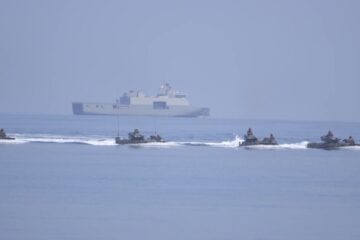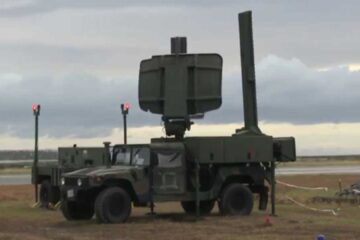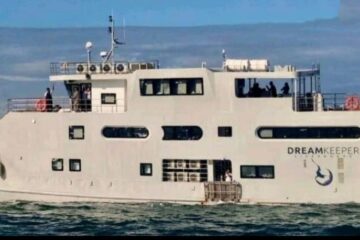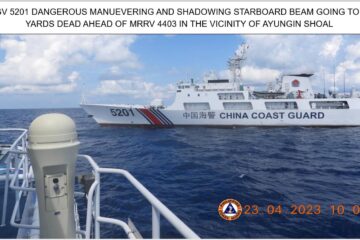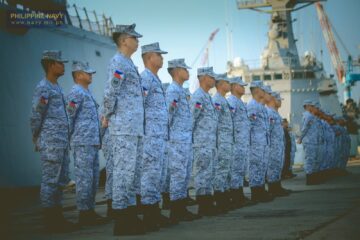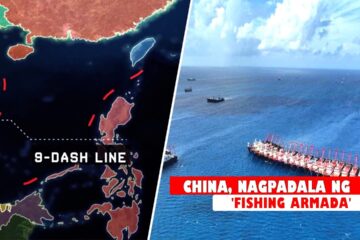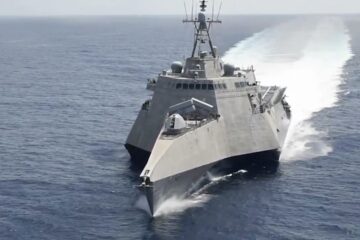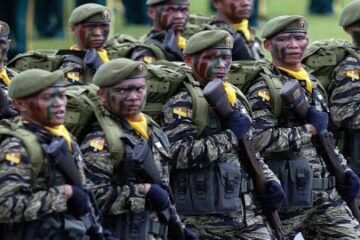On Friday, Chinese warships will join Vladimir Putin’s navy in the Baltic Sea ahead of war games which are being viewed nearly by Western powers.
The drills, which are a sign of both the growing reach of the Chinese military and closer strategic ties between Moscow and Beijing, kick off a busy summer of drills by Russia in eastern Europe which have raised the alarm in Washington.
China’s PLA Navy most advanced guided-missile destroyers are supposed to arrive in the Russian enclave of Kaliningrad on Friday before getting to the seas with a Russian flotilla on Monday for exercises that will run until July 31.
Chinese media reported that Beijing had used the Changsha, the second advanced Type 052D guided missile destroyer is joining the drills. The warship will be accompanied by the missile frigate Yuncheng and the Luoma Lake supply ship.
Chinese experts are seeing the maneuvers in the Baltic Sea as a show of force following joint drills by the United States and China’s two key Asian rivals – India and Japan.
The second phase of the wargames will be in September, the Chinese navy will participate Russian warships in the Sea of Japan and the Sea of Okhotsk.
The exercises, which Western officials estimate will involve nearly 100,000 troops, will be the first to roll out after the new North Atlantic Treaty Organization force in the region reaches full strength. They will also take place at the same time as military drills by Western forces in Sweden, across the Baltic Sea.
U.S. and NATO officers have warned this year’s version of Russia’s annual Zapad exercises could create more tensions than they have in years, even recalling those that arose during the Cold War.
Since 2012, the Chinese and Russian navies have been staging their Joint Sea maneuvers.
Last year, an active stage of the drills was managed in the South China Sea. Last month Xinhua reported that this year’s edition of the joint drills with Russia would improve coordination between the two navies on joint defense operations at sea.
It added that the main objective was to consolidate and advance the Sino-Russian comprehensive strategic partnership of coordination and deepen friendly and practical cooperation between the two militaries.
